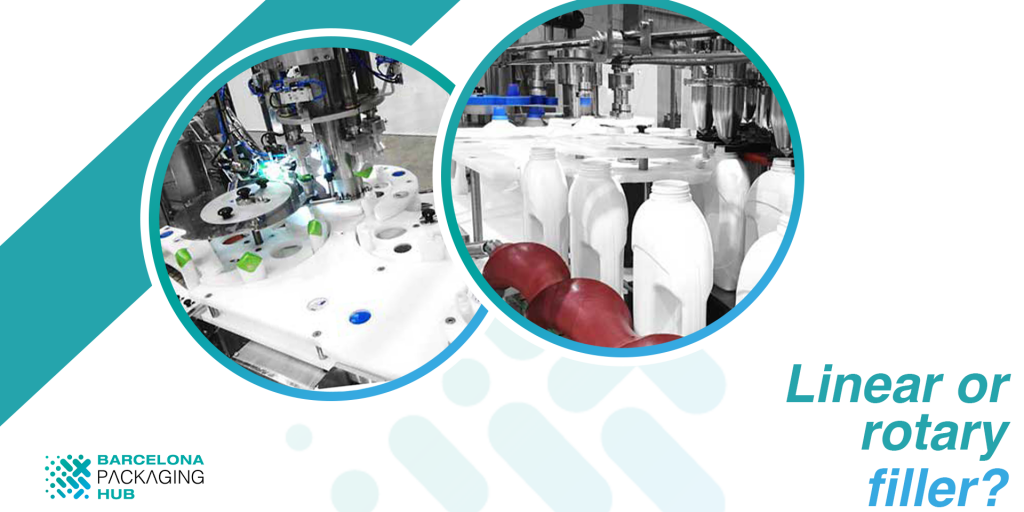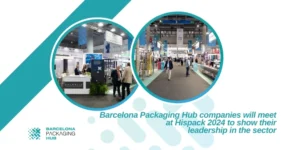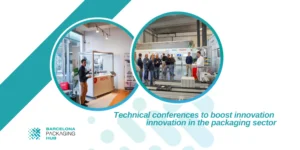What should I do? Should I choose a linear or a rotary filler? This is possibly the most recurrent question we are asked. And it is also the first thing we must define well if we are drafting a URS. In fact, even large engineering departments of a large multinational can argue about the subject without reaching a final agreement. Investing, for example, in a new filling and capping line for personal care products with dosing pumps and screw caps. We all know that there are different alternatives on the market with different technological variants, but how do we know if we have chosen the right one?
Many technicians end up buying linear machines for medium/high outputs thinking that they will save money. But in addition to linear and rotary bases for fillers, there are also other combinations. Today we talk about the most common applications for medium and high speeds.
Demystifying format changes
When your line works above 60 u.p.m. with guns, pumps and caps, you will most probably need a multi-head capper, capable of giving a higher production. This is the first rotary machine. This equipment includes its own infeed vis-à-vis-end, infeed starwheel, guides, central starwheel and outfeed starwheel for each bottle format. In addition to a multiple rejection system.

When combined with a rotary filler in a monoblock, you only need two additional stars. Yes, just two more stars; one for the filling carousel and one for the transfer to the capping carousel. The cost of these additional stars is just a fraction compared to the total cost of the accessories in that format.
Product shrinkage
Continuous and harmonic operation is able to help maintain a constant pressure in the filler circuit. As opposed to an intermittent process typical of an all-or-nothing linear filler. Variations in flow rate have a significant impact. In fact, they are the main cause of dosing deviations in fillers.

The estimate is that during the first year of operation, for a total capacity of between 9 and 10 million bottles produced, we will obtain product savings of between 20 and 30 tons.

Contamination
Having filling and capping operations on the same base avoids sending filled and opened bottles from one place to another; from a filler to an independent capper. We avoid risks of contamination, open containers falling, spills or splashes when bottles collide with each other.
It is true that there are hybrid solutions that combine a linear filler and an intermittent closer on the same base. In this case, there is no risk of contamination, since we would be using a monoblock.
Quality Control
In a monoblock, the traceability of the bottles is absolute, from the moment they enter the infeed conveyor, they are identified and monitored. and are identified and monitored. This means that we ‘write down’ every incident that happens in the process and to reject the bottle at the exit: empty bottle, with dosage variations, without cap or cap not properly put on, etc.
Need flexibility?
For moderate productions requiring high flexibility, linear fillers offer great advantages:
- No need for format changes at the filler
- We will only need one star per bottle on the cap
- A single mandrel for each different plug
The linear solution usually represents both the most economical and the most flexible solution. Some processes and operations may require manual operations, but what is a fact is that a linear filler can be ready for a new format in a matter of minutes, simply by adjusting its guides, position of the filling nozzles etc.
What about speed?
In addition to considerations about format changeovers, product savings, contamination and quality control, there are a couple of other aspects to consider in high production lines:
- Compact design
- Error-proof format changes without adjustments
You may already be ready to optimize your manufacturing process, but not sure what kind of technology it needs. There are many manufacturers offering different alternatives, some of them offering only one of two solutions: linear or rotary, while other manufacturers offer both technological alternatives. Make sure you consider at least at least the points listed in this article.
In any case, it will be the beginning of a great challenge for the future.
For more information
bph@barcelona-packaging-hub.com
https://barcelona-packaging-hub.com/contacto/








